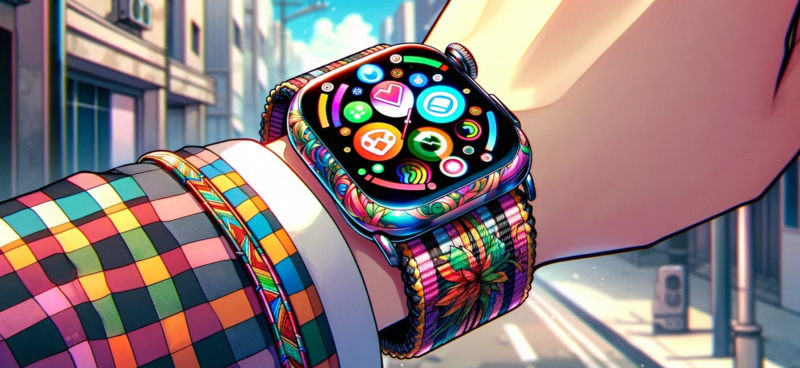by Dennis Crouch
December 25th, marked the deadline for President Biden to reject the U.S. International Trade Commission's (USITC) ruling banning imports of certain Apple Watch models. With no action from the White House, Apple now faces a federal government order to halt imports and sales of Apple Watch Series 9 and Ultra 2 devices because it incorporates light-based pulse oximetry technology covered by the claims of Masimo's U.S. Patent Nos. 10,945,648 (claims 24 and 30) and 10,912,502 (claim 22).
To continue reading, become a Patently-O member. Already a member? Simply log in to access the full post.
